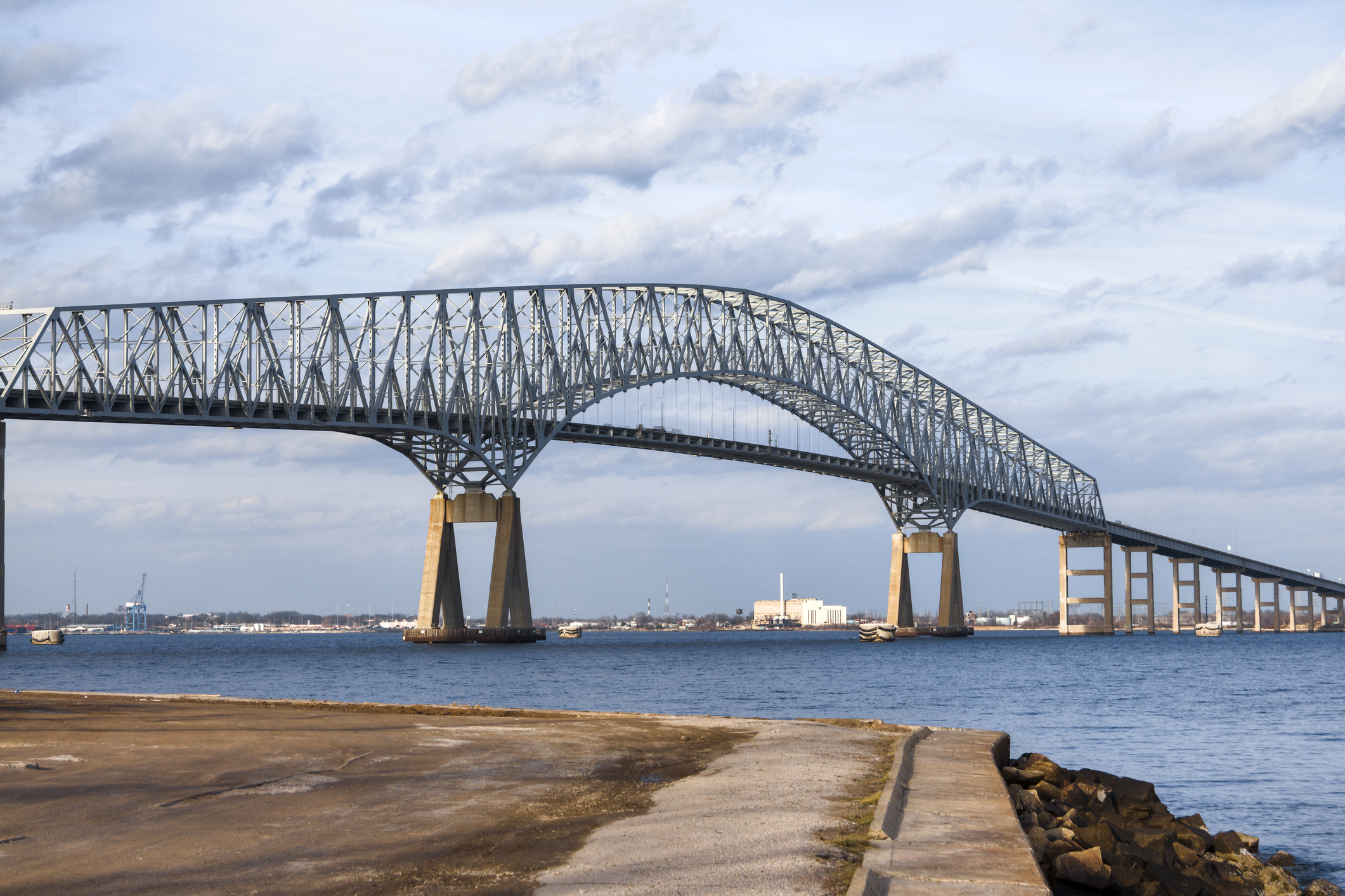On the early morning of March 26, 2024, the container ship MV Dali hit the Francis Scott Key Bridge in Baltimore, Md. The bridge collapsed within the span of a minute, sending the bridge, cars, machinery, cargo, and even people in the chilly depths of the Patapsco River.
Eight people, members of the bridge’s maintenance crew, fell into river. Two were rescued and six were missing in the aftermath of the collapse; two of the deceased workers were recovered, while four remain missing.
On top of the human cost of the collapse, the economic and social impacts are apparent. Not only has an iconic fixture of Baltimore been destroyed, but people’s livelihoods are at stake: the Port of Baltimore’s maritime route has been efficiently cut off, being blocked by thousands of tons of debris and the Dali itself.
The port processes billions of dollars in goods, generates billions in revenue, and supports tens of thousands of direct and indirect jobs. It is vital for the city, and its indefinite closure will no doubt ripple out and effect the country and the economy.
The bridge is also part of I-695, creating detours and disruptions for motor vehicle drivers who use the bridge.
As for the recovery efforts, per a press release from the Office of Mayor Brandon M. Scott, the city has sent demolition crews, cranes and barges to begin clearing the wreckage. Meanwhile, the federal government has released funds and sent people to support the effort.
In addition, New Jersey Gov. Phil Murphy and New York Gov. Kathy Hochul released a joint statement, stating that they can take on additional cargo into their states’ ports to minimize supply-chain disruptions.
Insurance implications
This disaster also has led to questions about what factor insurance will play when damage claims begin.
Reporting from Reuters indicates that this disaster could cost insurers as much as $4 billion. The Dali’s ship liability insurance carrier, the International Group of P&I Clubs “holds general excess of loss reinsurance cover up to the value of $3.1 billion.”
This also will impact reinsurers; according to Moody’s Ratings analyst Brandan Holmes in the Reuters report, “approximately 80 different reinsurers” contribute to IGP&IC.
While this may not significantly impact each individual reinsurer, this is still a record loss that will affect marine insurance rates. There are strong indications that reinsurers will bear the brunt of the cost.
As for the legal liability of the Dali, the owners and managers of the ship, Singapore-based Grace Ocean Private Ltd., are seeking to cap it at $43.6 million, according to the Associated Press. They made this filing under a “pre-Civil War provision of an 1851 maritime law that allows them to seek to limit their liability to the value of the vessel’s remains after a casualty.”
While this is not the first bridge collapse from a ship or barge collision, this is arguably the costliest. Not only is the physical damage catastrophic and it will cost insurers billions, but the port is also vital to the economy of the city and the country, and it is unclear when it will be open.
Further still, the collapse resulted in the deaths of two workers, with four missing and presumed dead; no amount of money in claims will fill the void they have left behind. The bridge collapse is nothing short of a catastrophe on all levels. However, due to the quick actions of the ship’s operators, who were able to issue a mayday call quickly, authorities and the Maryland Department of Transportation stopped traffic and prevented the loss of more lives.
Update: As of April 11, 2024, there are two alternate channels to facilitate shipping traffic, with a third set to open. In a statement from Maryland Sen. Ben Cardin said that he hopes the entire channel will be reopened by “the end of May.” Additionally, a third missing worker has been found deceased.
Matt McDonough is PIA Northeast's writer, editor and content curator. Matt joined PIA Northeast in September 2023. Before that, he had been an editor for the online entertainment magazine Collider from 2021-23 as a copy editor for its lists section. Matt entered the world of journalism at his alma mater, SUNY New Paltz, writing and reporting for the college's student run newspaper, The New Paltz Oracle. He graduated from SUNY New Paltz with a Bachelor of Arts in English and a minor in Creative Writing in 2020.







